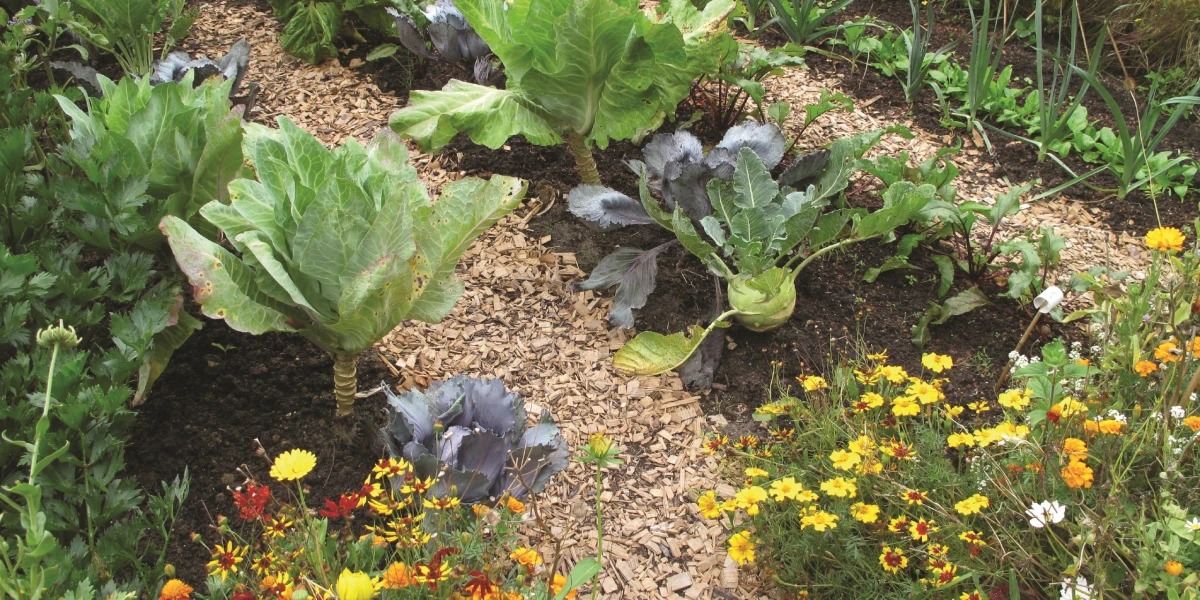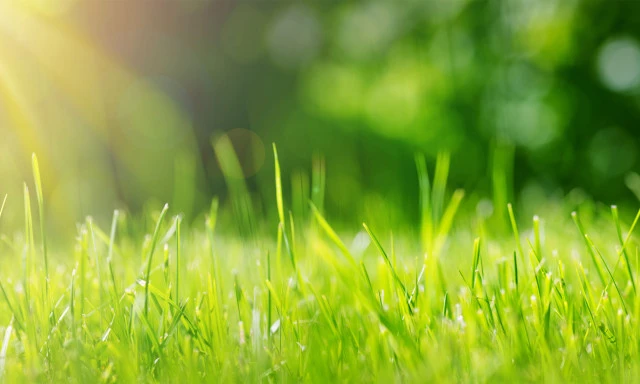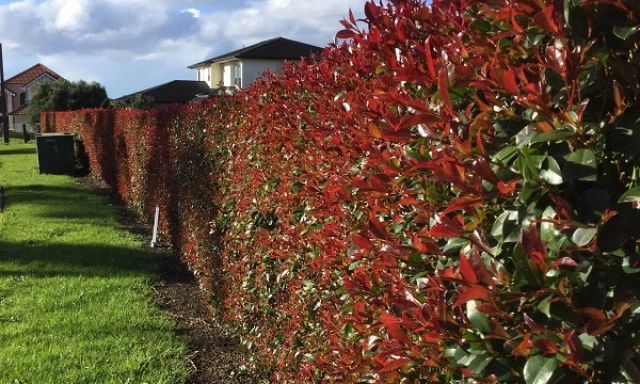Plant Nutrient Deficiency
Not all diseases are caused by disease causing organisms. Sometimes plants are diseased and look unhealthy because they are deficient (or overdosed) with some essential nutrient.
Plants get carbon (C), oxygen (O) and hydrogen (H) from water (H2O) and carbon dioxide (CO2) in the ground and air. These three elements are the 'backbone' of the organic (carbon) chemistry of all life on Earth and they make up over 95% of the dry matter of plants.
Other essential elements are, Nitrogen (N), Phosphorous (P), Potassium (K), Sulphur (S), Molybdenum (Mo), Magnesium (Mg), Iron (Fe), Manganese (Mn), Boron (B), Copper (Cu), Zinc (Zn), Calcium (Ca), Chlorine (Cl), Nickel (Ni). These are mostly obtained from the water and soil through roots.
If the soil does not contain the nitrogen, phosphorus, potassium and other chemicals that the plant needs to function properly it will sicken, become weak and more susceptible to diseases caused by fungi, bacteria and viruses.
Symptoms of Plant Nutrient Deficiencies
- Nitrogen (N) is needed for proteins, chlorophyll and green growth.
- Symptoms of Nitrogen deficiency - General yellowing of lower (older) leaves of plants is often caused by lack of nitrogen. But the older leaves of many plants, yellow and fall naturally. Nitrogen deficiency will also cause upper (newer) leaves to become a paler green. So, check for yellowing lower leaves and pale green upper leaves.
- Phosphorous (P) is needed for root growth.
- Symptoms of Phosphorous deficiency - Leaf tips looking burnt and then lower (older) leaves darken and may turn reddish or purple.
- Potassium (K) is needed for stress tolerance.
- Symptoms of Potassium deficiency - Lower leaves wilting, browning off, scorching and yellowing of veins in leaves. Scorching starts at the leaf edges and moves inward.
- Sulphur (S) is needed for photosynthesis, protein and oil production.
- Symptoms of Sulphur deficiency - Yellowing young upper leaves and stunted growth.
- Molybdenum (Mo) aids nitrogen uptake.
- Symptoms of Molybdenum deficiency - Pale leaves with yellowing between leaf veins and scorching.
- Magnesium (Mg) is need for photosynthesis.
- Symptoms of Magnesium deficiency - Yellowing lower older leaves with darker veins. Yellowing areas will start to brown off and die from the edges of the foliage.
- Iron (Fe) is needed for chlorophyll and strong green foliage.
- Symptoms of Iron deficiency - Yellowing leaves with dark green veins. In severe cases, the entire leaf turns yellow or white and the outer edges may scorch and turn brown.
- Manganese (Mn) is needed for chlorophyll production.
- Symptoms of Manganese deficiency - Leaves to turn pale green between the veins, with normal coloured areas next to the veins.
- Boron (B) is needed for cell development and regulation of metabolism.
- Symptoms of Boron deficiency – Growth of both shoots and roots are stunted and distorted. Leaves can become brittle lower leaf tips yellow.
- Copper (Cu) is needed for chlorophyll.
- Symptoms of Copper deficiency - Die-back of stems and twigs, yellowing of leaves, stunted growth and pale green leaves that wither easily.
- Zinc (Zn) for enzymes and plant hormones (auxins).
- Symptoms of Zinc deficiency - Stunted growth, short stem length between leaves and branches and a decrease in leaf size. Delayed maturity also is a symptom of zinc-deficient plants.
- Calcium (Ca) is needed for healthy root and shoot development.
- Symptoms of Calcium deficiency - Younger leaves dieback and burn and fruits rot and get marks.
- Chlorine (Cl) is needed for specific enzymes.
- Symptoms of Chlorine deficiency - Leaf spots and mottling, leaf edges brown off and wilt, roots become highly branched and restricted.
- Nickel (Ni) is needed for specific enzymes.
- Symptoms of Nickel deficiency – Older lower leaves yellow all over and scorch at leaf edges.
Note that plants may be deficient in one or more of these elements even when they element is present in the soil. For example, if roots a waterlogged, damaged or diseased they may not be able to take up the nutrients effectively, or if the pH of the soil is too low or too high the ions in the soil may not be available to the plant.
To redress plant nutrient deficiencies, check the symptoms, the soil condition and roots and then use the appropriate fertilisers.
David Brittain
Kiwicare


